Snow Leopard
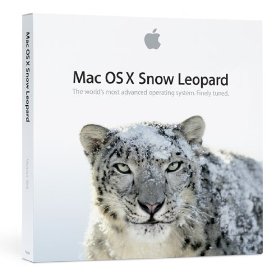 The latest version of Mac OS X is out, already with a system update available. It costs $29 but you can find it cheaper at places like amazon.com
The latest version of Mac OS X is out, already with a system update available. It costs $29 but you can find it cheaper at places like amazon.com . Overall it is probably worth getting for most users but it is not without its troubles.
. Overall it is probably worth getting for most users but it is not without its troubles.
The Good
The behind-the-scenes components have been optimized to be far more efficient. For apps that are designed to take advantage of the new OS, they are significantly faster. For now, that mainly means Apple applications like Mail or Safari. Boot time and resume time are also much faster.
There is a new dock expose feature where you can hold down on an app icon in the dock to see all of its windows only in expose. This can be handy if you have a lot of open windows and only want to see those of a particular program. This is one of the very few new features since this OS is mainly just background improvements.
Several of the OS enhancements are not being taken advantage of yet by third party application providers. Once snow leopard versions of programs come out, the benefits will become far more prominent. The new OpenCL feature is particularly interesting. Typically your powerful graphics card is not doing very much. OpenCL allows programs to perform calculations that would normally be done on the CPU to also be done on the video card. For many tasks, this could result in massive speed improvements. Only time will tell how many developers take advantage of this but it seems likely for the big developers like Adobe to do so.
The Bad
Besides Apple apps, most programs don’t seem much faster. In fact, some seem a tad slower, probably in need of a snow leopard built version. In the worst case, there are some applications that don’t run in snow leopard at all. Some of the more notable ones are older versions of Photoshop or Parallels.
Since installing snow leopard, I’ve seen an odd behavior every few days where the transparent menu bar becomes opaque white and the system becomes quite sluggish for no apparent reason with no programs using up a lot of resources. Only a reboot resolves things. This is very un-Mac behavior. This is an upgraded system that has been migrated from other Macs a few times so it is possible it just needs a fresh install of the OS from scratch but that just makes me feel like I’m using Windows again. I’ve only seen this on one system, a current model Mac Pro.
Perhaps the worst thing about Snow Leopard is just that it isn’t a major change and there isn’t much obvious benefit besides some current performance improvements while waiting for programs to further take advantage.
Conclusion
Snow Leopard will probably be pretty sweet once there are more programs built to fully use it. In the mean time, I do enjoy the fastest browser I’ve ever used and having my email pop up instantly. You definitely can’t argue with the $29 price. However, there’s really no rush for most users to upgrade. Waiting a few months is probably more than fine so you can give developers time to make necessary changes.
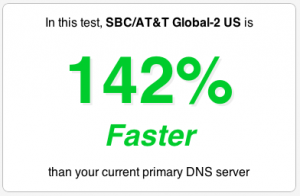 When you go to any website, the browser first has to lookup where that site is located. This is done by connecting to a domain name server (DNS). There are many DNS options, not just the default of the ISP. Often other options are much faster. Most websites actually load content from various domains at once so each DNS request adds up in how fast your internet experience feels.
When you go to any website, the browser first has to lookup where that site is located. This is done by connecting to a domain name server (DNS). There are many DNS options, not just the default of the ISP. Often other options are much faster. Most websites actually load content from various domains at once so each DNS request adds up in how fast your internet experience feels.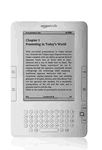
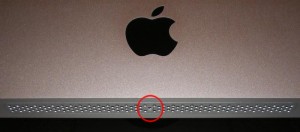
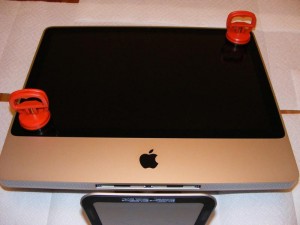
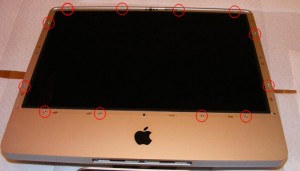
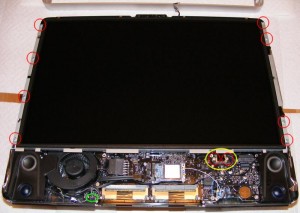
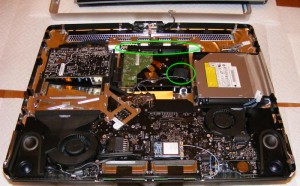
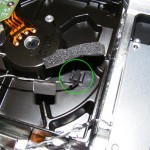
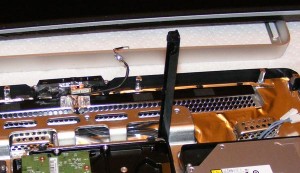 There is a black plastic bar holding the hard drive in place. Lift it up from left to right to unlock it. This can be very challenging since it is tight. The drive can then slide up and out and you can unhook the power and SATA cables.
There is a black plastic bar holding the hard drive in place. Lift it up from left to right to unlock it. This can be very challenging since it is tight. The drive can then slide up and out and you can unhook the power and SATA cables.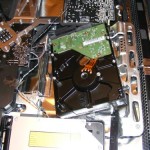
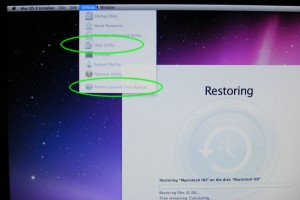
 The latest version of Mac OS X is out, already with a system update available. It costs $29 but you can find it cheaper at places like
The latest version of Mac OS X is out, already with a system update available. It costs $29 but you can find it cheaper at places like